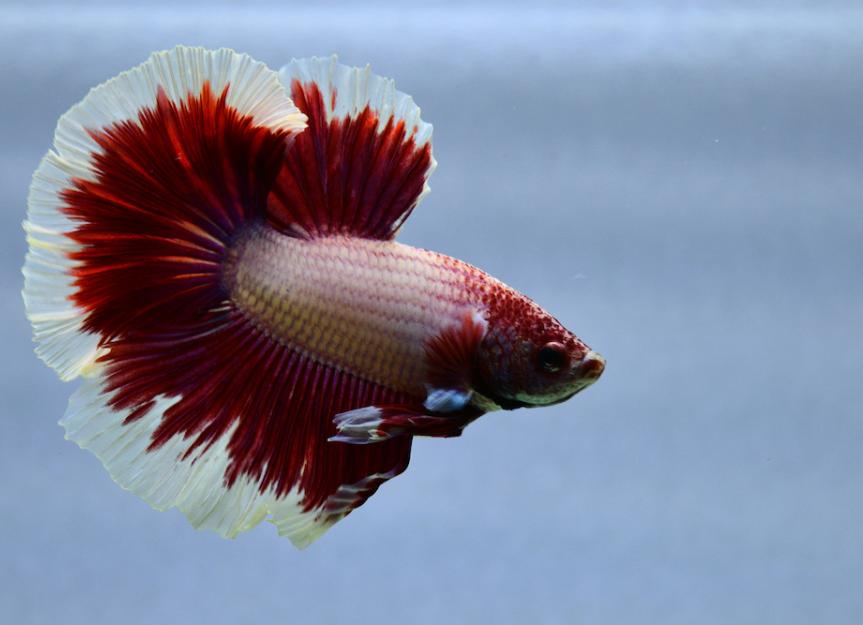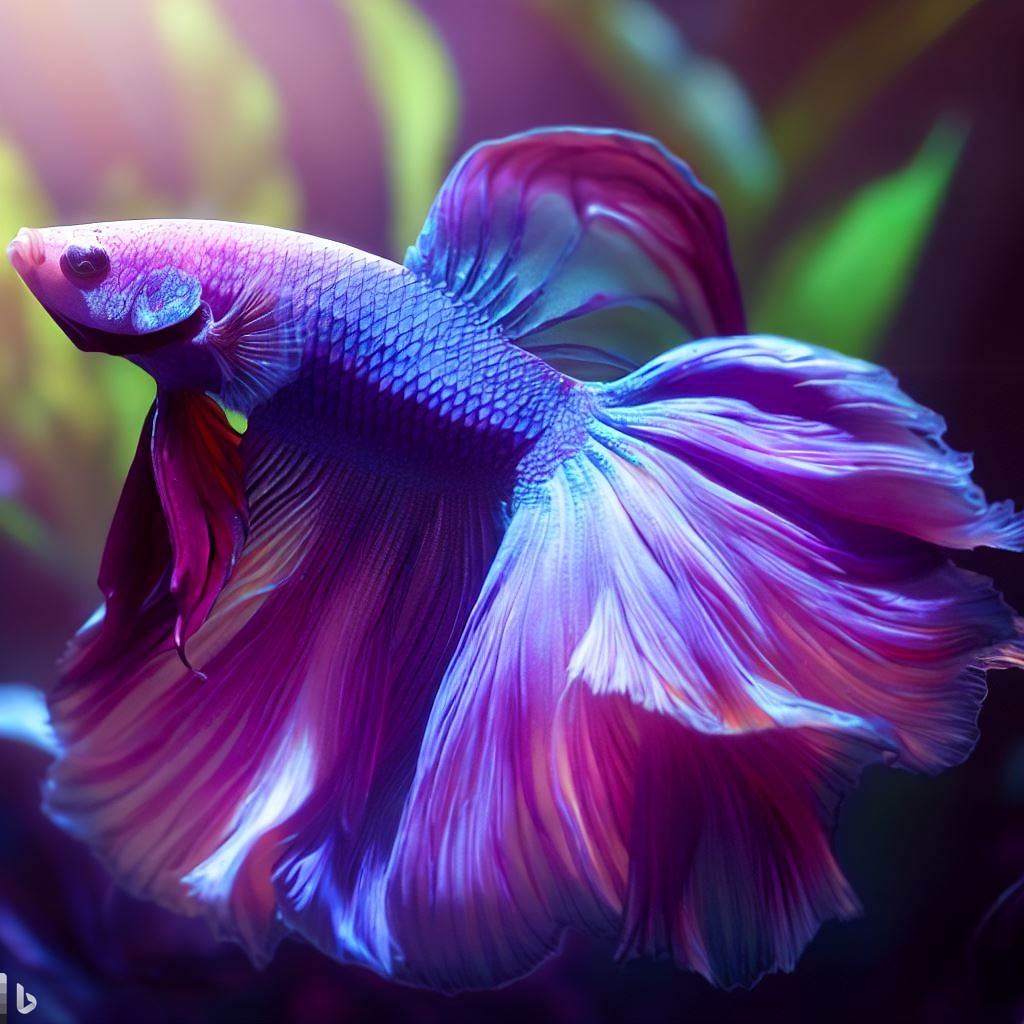Breeding Betta Fish: a Comprehensive Step-By-Step Guide to Effectively Raising Infant Bettas From Eggs to Their Adult Years
Reproducing Betta fish is a thorough endeavor that needs careful planning and execution to make sure the successful development of fry from eggs to develop fish. Picking genetically varied reproduction sets with preferable qualities is just the beginning; developing an optimal atmosphere and recognizing the complexities of the breeding procedure are similarly vital. As the male Betta diligently constructs a bubble nest and guards the priceless eggs, the succeeding phases of treatment and shift demand focus to information and knowledge of best techniques. How does one navigate the difficult yet fulfilling path of supporting these lively creatures to adulthood?

Selecting Breeding Pairs
When starting the journey of reproducing Betta fish, picking the best reproduction pairs is critical to attaining preferable attributes and a healthy and balanced lineage - betta fish. The initial step in this procedure is to determine the specific qualities you wish to boost or preserve, such as shade, fin kind, and physique. It is important to pick genetically diverse sets to prevent inbreeding, which can lead to health and wellness concerns and unfavorable characteristics
Evaluate possible breeding prospects carefully. A healthy male Betta must exhibit vivid shades, an energetic temperament, and well-formed fins, while the lady ought to likewise display vivid coloration and a rounded tummy, indicating preparedness for spawning. Observing the temperament of both fish is vital, as hostile or excessively reluctant individuals may not breed efficiently.
Maintaining records of the parent fish's ancestry can aid you track genetic traits and possible issues. Inevitably, spending time in the selection process will substantially improve the possibility of generating strong, dynamic offspring that meet your breeding objectives.

Preparing the Breeding Storage Tank
Developing an optimal reproduction setting is a vital step after picking appropriate sets for Betta fish. The reproduction storage tank should be particularly designed to give convenience and boost the natural breeding habits of the fish. Start with a tank size of at least 10 gallons to make sure adequate area for both the male and female Bettas.
Keep a gentle purification system to maintain the water tidy while preventing solid currents that can worry the fish. Furthermore, an air stone can be contributed to give oxygenation without disrupting the water surface also a lot.
Temperature level law is vital; objective for a secure series of 78-82 ° F(25-28 ° C) using a reputable heating system. The pH level ought to be kept between 6.5 and 7.5, and normal water changes are essential to guarantee high water high quality.
Include floating plants or spawning sponges to create concealing places for the female, while also motivating bubble nest structure by the man - betta fish. Guarantee the container is free from sharp decors and any prospective dangers, as the well-being of the fish need to always be prioritized during this crucial phase of reproduction.
The Breeding Process
Commonly, the breeding procedure for Betta fish includes a this content series of distinct and evident habits that suggest readiness for recreation. The male Betta starts by developing a bubble nest at the water's surface area, which offers as a site for the fed eggs. This nest is important, as it provides a secure atmosphere for the eggs up until they hatch.
As soon as the nest is developed, the male will certainly present courtship habits, such as flaring his fins and displaying vivid colors to attract the woman. The lady, upon sensing the man's readiness, will react by displaying upright red stripes along her body, signaling her receptiveness.
The fed eggs then fall to the bubble nest, where the male very carefully gathers and returns them to the nest. Following this, the male thinks duty for securing the nest and making certain the safety and security of the eggs till they hatch, typically within 24-36 hours.
Caring for Betta Fry
Caring for Betta fry requires mindful focus to their atmosphere and nutrition to make sure healthy growth and advancement. After hatching out, Betta fry are exceptionally little and prone, demanding a stable and clean habitat.
Feeding Betta fry is similarly crucial. They must be supplied infusoria or carefully smashed high-quality fry food, as their mouths are too small to handle larger particles. As they expand, you can progressively present bigger foods, such as infant brine shrimp or powdered flakes, to ensure they receive adequate nutrition. Feed them percentages several times a day, bewaring not to overfeed, which can this article lead to water quality issues.
Transitioning to Grownup Bettas
As Betta fry fully grown, transitioning them to adult Bettas is a vital phase that needs careful management of their setting and social communications. This procedure normally begins when the fry reach around 6 weeks old, at which factor they can be slowly introduced to a more organized living atmosphere.
To facilitate this transition, it is vital to make certain that the water parameters-- such as temperature level, pH, and ammonia levels-- are optimum and stable. Grown-up Betta fish prosper in warm water (around 78-80 ° F) with a pH of 6.5 to 7.5. Slowly adjust the fry to these problems to reduce stress and anxiety.
Social interactions are one more key aspect; man Bettas are notoriously territorial and hostile. It is suggested to separate males right into specific tanks as they develop. Women Bettas can be housed together, but care must be taken to keep track of for indicators of aggression.
Furthermore, dietary changes ought to be made as the fry expand. Integrate high-quality pellets and live foods to sustain their growth and health. By handling these this hyperlink variables effectively, you can promote a successful shift to the adult years for your Betta fish.

Conclusion
Successful breeding of Betta fish calls for mindful interest to detail throughout the entire procedure, from picking genetically diverse sets to giving optimal look after fry. By guaranteeing suitable reproduction problems and maintaining water quality, the possibility of healthy and balanced spawn increases substantially. In addition, a balanced diet and progressive adaptation to adult environments are vital for the growth and advancement of Betta fish. Adhering to these steps carefully cultivates a growing populace of Betta fish, enhancing both their health and vitality.